Environmental Science and Engineering
Partnering for sustainable fresh water production
Combining methods for water desalination results in low-cost, highly efficient water production.
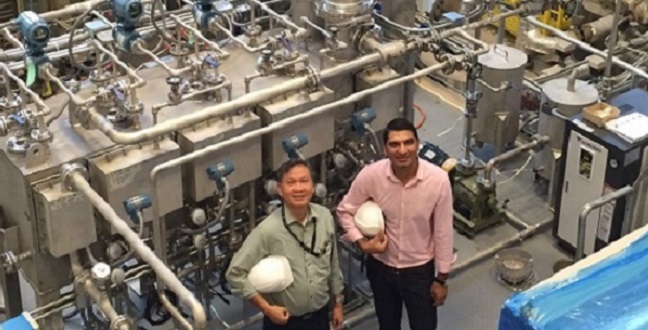
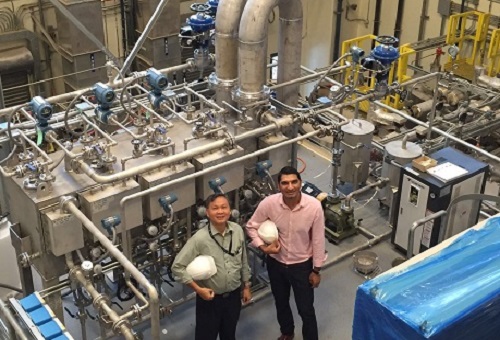
Kim Choon Ng and Muhammad Wakil inspect the MEDAD hybrid desalination pilot at KAUST.
© 2015 KAUST
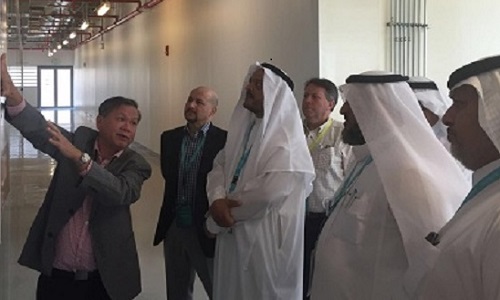
Kim Choon Ng (left) explains the hybrid cycle to visitors at KAUST, including Ahmad Khowaiter from Saudi Aramco (center), Abdulrahman from the Saline Water Conversion Commission (SWCC) (right) and Ahmed Al Arifi from SWCC (far right).
© 2015 KAUST
Innovative solutions to improve the efficiency of water desalination are a major focus in countries such as Saudi Arabia, where fresh water for industrial, agricultural and human use is scarce. A research partnership between KAUST and the National University of Singapore has won global acclaim for its unique and efficient yet low-cost method of conducting desalination called hybrid multi-effect adsorption desalination.
The collaboration has resulted in two desalination pilot schemes—one at KAUST itself and the other at a second location also in Saudi Arabia—as well as a spin-off company called MEDAD that will help to commercialize the hybrid desalination technology. The project is led by Kim Choon Ng from the University’s Water Desalination and Reuse Center. Ng has devoted his career to finding ways of reducing the cost of desalination through novel technologies.
Traditional desalination techniques use membranes and pressure to separate salt and other minerals from seawater, but these techniques are expensive, energy intensive and inefficient.
“Desalination is particularly complicated in the challenging environment of the Gulf, where high salinity, silt levels and increased water temperatures make working with the seawater quite difficult,” Ng said. “The frequent occurrence of hazardous algal blooms has also contributed to high pre-treatment costs and severe fouling of membranes. These elements combine to considerably increase the overall unit cost of producing desalinated water.”
Ng and his team recognized that the only viable option to overcome these challenges was to base their system on thermal desalination rather than membrane-based techniques.
They investigated a combined technique and utilized an existing industrially-proven method called multi-effect distillation (MED). This involves spraying saline water over the outer surfaces of a series of tubes (or stages) arranged in a tower. At the top of the tower, saline water is fed in and heated by a steam-driven compressor. The resulting water vapor is collected while the salt is left behind. This process is repeated over subsequent stages, and the vapor from each stage is channeled through the tubes to the bottom of the tower, where it condenses to generate fresh water as it cools.
Ng’s team combined MED with a thermally driven process called adsorption desalination (AD), which uses low-cost silica gel adsorbents with a very high affinity for water vapor. The researchers adapted the last stage of MED so that the vapor uptake is carried out by AD.
The water vapor is attracted to designated adsorption gel beds while the remaining gel beds undergo desorption, removing the water and preparing the silica gel for the next round. Crucially, there are no major moving parts in the AD cycle, meaning it uses far less energy than some other techniques, and it can run on waste heat from other industrial processes.
“The best part about AD is that it can be run at low temperatures and low pressures,” explained Ng. “In fact, we can run cycles at only seven degrees Celsius and at a pressure of two kilopascals. This presents a unique opportunity to exploit the renewable energy resources that the Kingdom has—namely solar and geothermal energy—to run the system. Also, because we are producing cooling as part of the process, we can link into air-conditioning systems.”
Simulations on the hybrid MEDAD system indicate that it could double or even triple desalinated water production. Experiments conducted at the pilot plant at KAUST have already increased fresh water production by more than 50 percent. This represents the highest water production ever reported for a desalination technique and earned the team a GE-Aramco Global Innovation Challenge award in January 2015. The breakthrough also helps extend the lower end of the temperature range at which the system can operate, which has been a major limitation with MED in the past.
“This represents a major leap forward in water production using thermally driven cycles, and it is attributed to the excellent thermodynamic synergy between MED and AD cycles,” noted Ng. “We believe it can be developed fully to an extent where the energy efficiency of desalination can meet the target needed for sustainability.”
————–
The technology has been licensed by the NUS Industry Liasion Office, part of the NUS Enterprise, and the University’s Innovation and Economic Development Office, to MEDAD.
You might also like
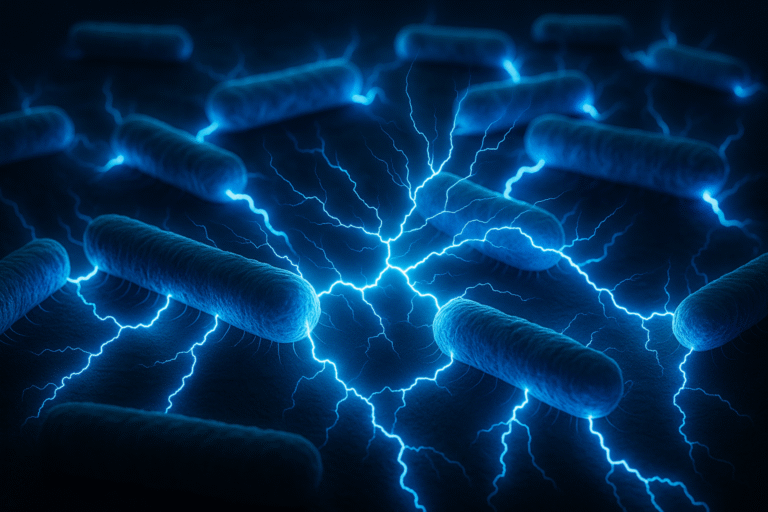
Environmental Science and Engineering
Bacteria reveal hidden powers of electricity transfer
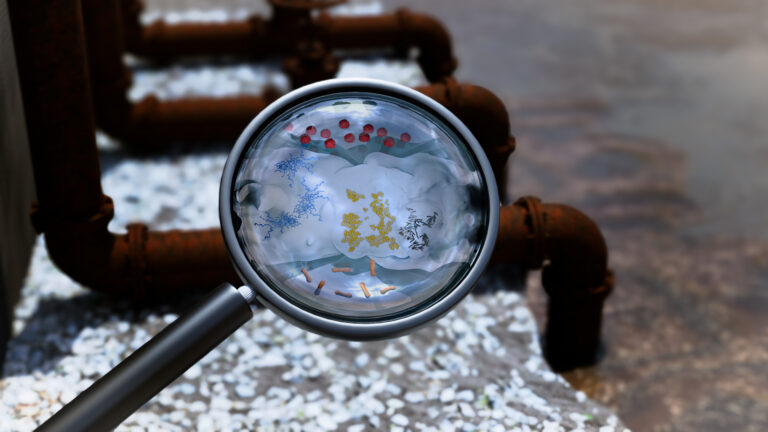
Environmental Science and Engineering
Wastewater surveillance tracks spread of antibiotic resistance

Bioscience
Super fungi survive extreme Mars-like environments

Environmental Science and Engineering
Rethinking food systems to restore degraded lands

Environmental Science and Engineering
Combat climate change by eliminating easy targets
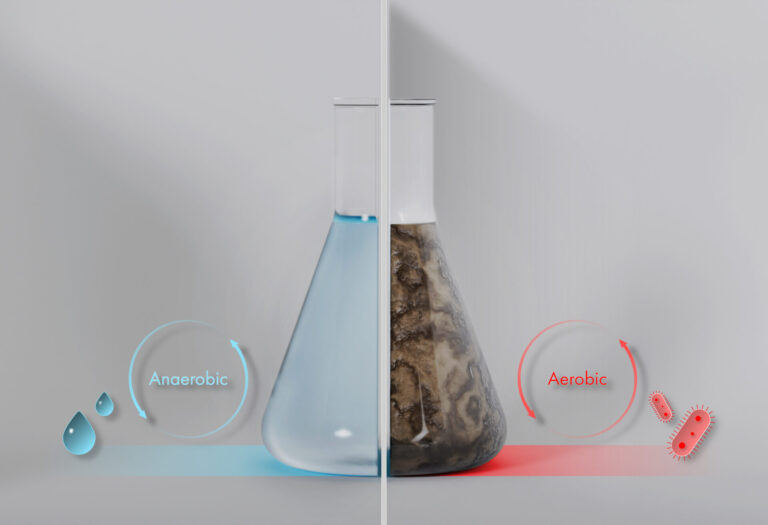
Environmental Science and Engineering
Wastewater treatment to fight the spread of antibiotic resistance

Bioscience
Digging into the world of plant-growth-promoting microbes

Bioscience



